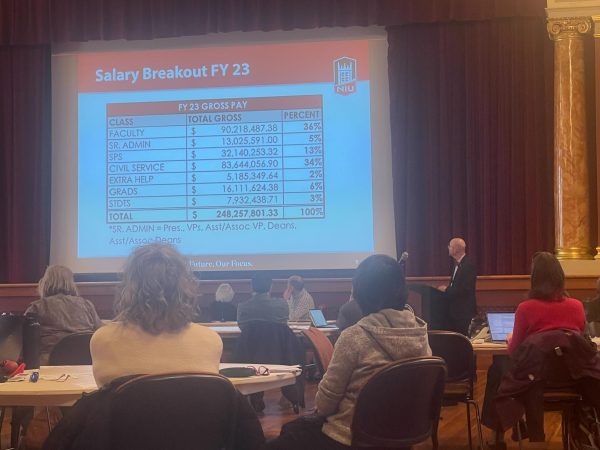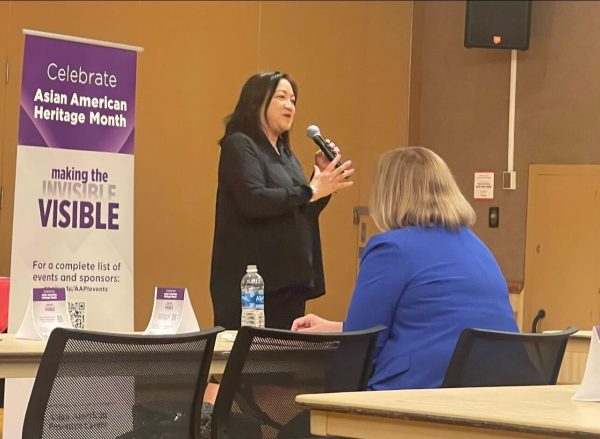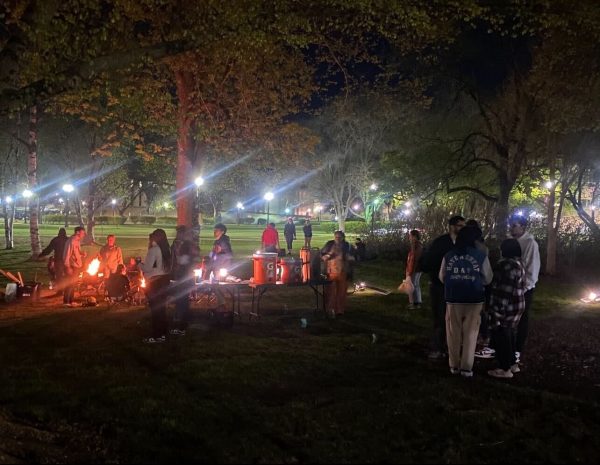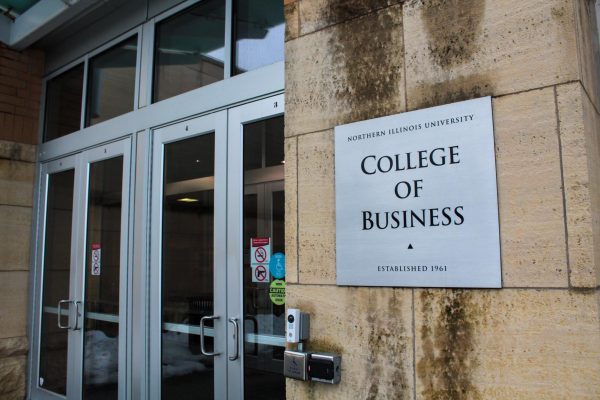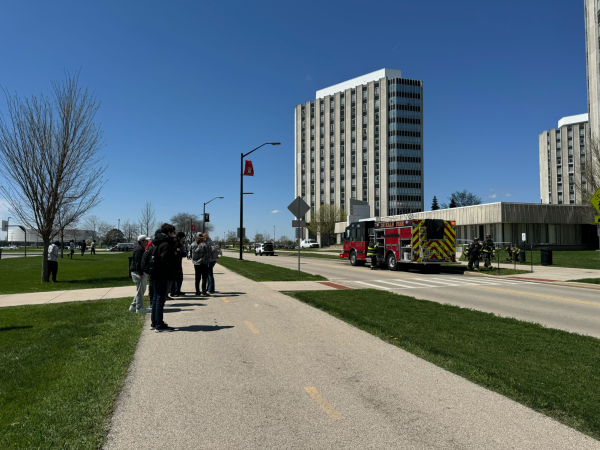Debating lecture vs. discussion
February 15, 2005
Discussion classes work better than lecture classes for students’ learning, due to their interactive nature, said students and professors.
Discussion methods provide a more engaging environment. Chad Glover, a student-at-large with a bachelor’s degree in political science, said he prefers discussion methods because they force him to communicate the information he learns in classes.
Class participation can be challenging, but to many students it is more interesting than lecture.
Lectures tend to be more boring and not as worthwhile, Glover said.
Lectures also are less challenging than discussion classes, said NIU sociology chair Kay Forest. But that does not mean students shy away from taking challenging discussion classes.
“I think students like to be challenged,” Forest said.
The interaction in discussion courses leans on both the professors’ and students’ equal participation.
Listening to their peers’ thoughts is another advantage of discussion classes for students.
“[Students] like to hear what each other has to say,” Forest said.
The professors’ interest in the material also contributes to the students’ level of interest. The more enthusiasm the professors show, the more interested the students will be, Glover said.
Discussion classes do come with flaws. Not all students feel comfortable in an open-forum discussion.
Ashley Tichler, a junior corporate communication major, said she doesn’t like the spontaneity involved in discussion courses.
“I don’t like to be put on the spot,” Tichler said.
Glover said this is common in students, but taking part in class discussions is important in students’ growth.
“Students are more reluctant to participate,” Glover said. “But in the end, it’s a benefit for them.”
In a perfect classroom environment, aspects of both discussion and lecture are utilized. This is not easy to do with some classes, but some classes lend themselves to a mix of the two styles, Forest said.
NIU sociology professor Jim Thomas has taught both discussion and lecture classes, and he agrees with Forest.
“Most instructors would agree a blend is ideal,” Thomas said.
Tichler also found most professors use a mix of the two styles in their teaching, but she said general education courses should focus more on using a lecture-type method.
“The class size is too large for everyone to participate in a discussion,” Tichler said.
Thomas agreed with Tichler, but even in his largest class, which has 370 students, Thomas said he tries to use discussion. It’s hard for students to sit and pay attention for 50 minutes without participating, he said.
Alan Zollman, NIU associate professor of mathematics education, also agreed, adding two more aspects that should help professors decide between discussion and lecture.
“Three things that should be considered are the learning objective, the class size and the comfortableness of the professor,” Zollman said.




